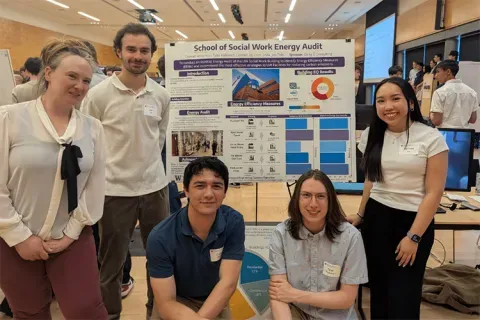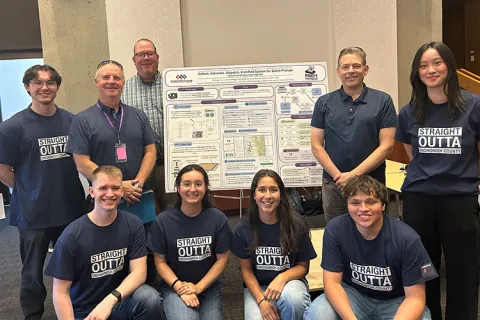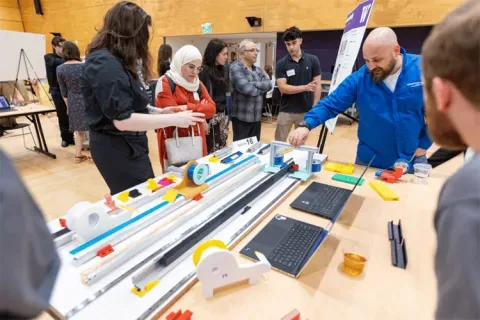Novo Nordisk
Application for Early Alzheimer's Disease Diagnosis
Detecting the onset of early-stage Alzheimer’s Disease, along with monitoring the progression of the disease, is well-known to be difficult and, often-times, unreliable. Simply put, there has yet to be a clinically validated tool or methodology for determining the biomarkers that indicate the presence and progression of Alzheimer’s disease. This student team worked to develop a digital tool that can integrate inputs from well-established, in-home, and wearable devices as data which, through an AI and ML programmatic approach, aims to synthesize that data, providing a reading which can indicate both the presence of Alzheimer’s Disease and the degree of change of that disease over time. Two key factors which are baseline and that the student team worked to incorporate into the tool were inputs which capture the patient's gate (wearable) and sleep patterns (wearable and/or smartphone). The student team sought to include other data inputs incrementally as project timing/cost/complexity allows. These included some or all of the following: speech patterns, eye tracking, reading tracking, device patterns (typing and gestures), home movement patterns. The essential concept here is that more inputs equal more data to integrate and provide a more focused and complete picture of the patient's condition. Outcomes this student team worked toward include: • Working prototype, end-user platform/tool • Solution accessible from tablet or smartphone • Name and branding for tool • Mapping and progressive design outputs (e.g. journey map, app map, flowchart, thumbnails, design comps, etc.) • Software which displays the appropriately modified information and diagnostic recommendations (personalized to their capability/level of ability) in a usable (accessible - UX standards) visual format (easy to use dashboard and navigation). • Demonstrated successful real world use/testing - patients can easily access the application with the follow-on understanding of the appropriate information/course of action through the interface
Faculty Adviser(s)
Payman Arabshahi, Electrical & Computer Engineering
Related News

Mon, 10/13/2025 | UW Mechanical Engineering
Capstone collaboration leads to award
An ME capstone team received first place for its energy audit of the UW School of Social Work building.

Thu, 07/17/2025
UW engineering students develop smart ballot solution
UW engineering students develop smart technology solution to improve ballot collection for Snohomish County.

Mon, 07/07/2025 | UW Mechanical Engineering
Capstone creations
Students displayed innovative capstone design projects at the 2025 expo.

Fri, 09/20/2024 | UW Civil & Environmental Engineering
Smarter irrigation for a greener UW
A new project combines satellite data with ground sensors to conserve water and create a more sustainable campus environment.